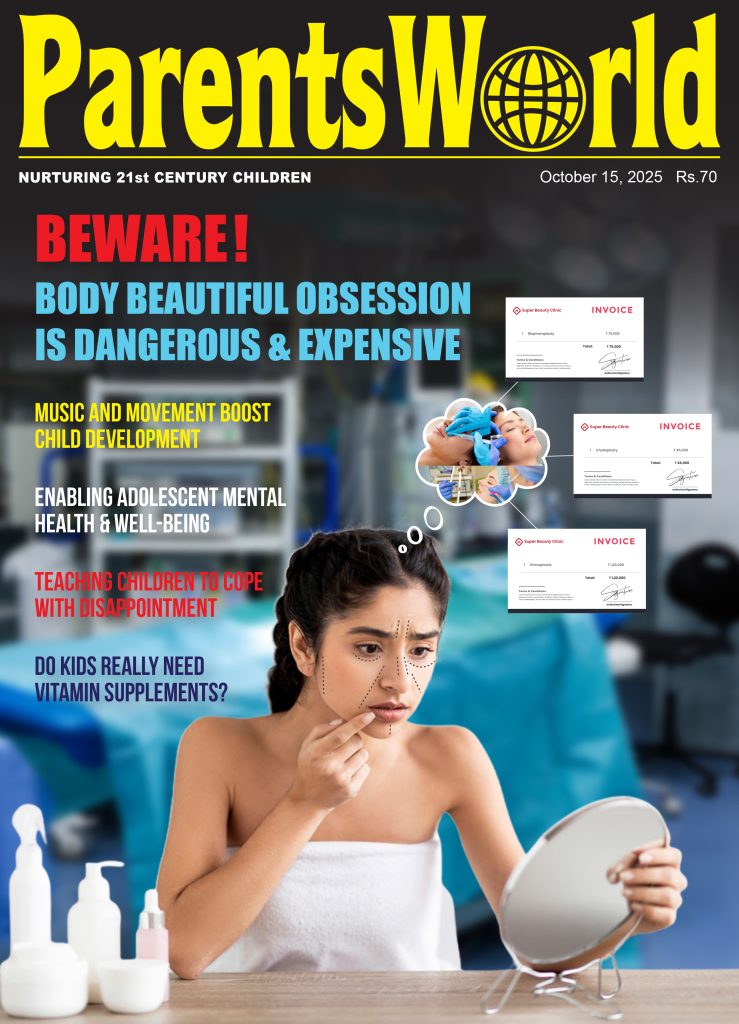Guide to managing children’s fever
Please advise how to manage children’s fever, including safe medication dosage, home remedies, and when to seek medical advice.
— Sunita Mahajan, Delhi
Fever is not a disease — it is the body’s defence against infection. Most fevers are viral and self-limiting, but parents must know how to manage them safely at home. Here are some guidelines:
- Use a digital thermometer to measure body temperature. Avoid mercury thermometers. A temperature above 100.4°F (38°C) indicates onset of fever.
- Dress children lightly, keep the room airy, and give them plenty of fluids like water, coconut water, buttermilk.
- If the fever is high, use a sponge with lukewarm water (28-30°C). Do not use cold water or ice.
- Children suffer appetite loss during a fever, so provide soft, easy-to-digest meals, but prioritize hydration.
To bring a fever down, the dosage below is a general guideline. However, please note that a fever needs to be evaluated along with other symptoms. A paediatrician is best qualified to make a diagnosis.
- Paracetamol is the safest first option. Correct dose: 15 mg/kg every 4-6 hours (max 60 mg/ body weight kg/day).
- Ibuprofen may be given to children above six months at 10 mg/kg every 8 hours (provided they aren’t suffering from asthma, stomach, or kidney ailments).
- Avoid aspirin, nimesulide, or mefenamic acid. Always check the dose with your paediatrician.
Seek professional medical care urgently if you notice:
- Fever in infants aged below three months.
- Fever above 104°F (40°C) or lasting more than 3 days.
- Child is very drowsy, irritable, or has seizures.
- Is experiencing breathing difficulty, fast breathing, or chest retractions.
- Poor apetite, persistent vomiting, signs of dehydration (dry mouth, no urine for more than six hours).
- Is suffering rash with fever, stiff neck with severe headache.
Most fevers abate witthin two-three days. If not, consult your paediatrician — safe guidance prevents complications.
My eight-year-old attends tennis and cricket coaching classes. Recently, his friend was injured with a fracture. I don’t want to restrict his sports activities, but I want to minimise the chances of injury, especially bone fractures. Please suggest.
— Kyra Shantanu, Bengaluru
Children aged 6-12 years need to be physically active. Their bones are flexible and have growth plates that allow lengthening. Good nutrition and physical activity in childhood ensure strong bones in adulthood. While some falls are inevitable in childhood, there are some practical steps you can take to reduce the risk of bone fractures:
- Provide a diet rich in calcium (milk, yogurt, paneer, ragi, leafy greens), vitamin D (sunlight, fortified foods), and protein (dal, eggs, nuts, lean meats).
- Encourage daily outdoor play to build strong muscles and bones, but balance it with adequate sleep and rest to avoid overuse injuries.
- Choose age-appropriate physical activities. Avoid unsupervised climbing on rooftops or risky stunts in cramped spaces.
- Ensure children play in well-lit, uncluttered areas free from sharp objects, slippery floors.
- For cycling, skating, or scootering, always ensure children use helmets, wrist guards, elbow and knee pads.
- When playing cricket or football, ensure appropriate protective gear, with grip.
- Replace worn-out equipment promptly — loose straps, damaged helmets.
Here are some injury symptoms to watch out:
- Pain, swelling, or refusal to use a limb after a fall needs attention.
- Visible deformity, persistent limp, or severe tenderness are warning signs of a possible fracture.
- Don’t ignore repeated pain in wrists, shins, heels — it may indicate stress fractures from overuse.
Accidents will happen despite precautions, but smart prevention — healthy nutrition, safe play, protective equipment, and early treatment of injury — goes a long way in keeping children healthy. When in doubt, consult your paediatrician or an orthopaedic specialist promptly.
I am traveling with my seven-year-old daughter to a remote rural area. What health precautions (e.g, vaccinations, first-aid kits) should I take to prevent travel-related illnesses?
— Nithula Manasi, Chennai
Rural travel offers children valuable exposure, but it also carries risks of infections and injuries that parents must prepare for. Here are some preventive guidelines:
- Ensure your child’s immunization (as per IAP/WHO schedule) is up to date before travel. This includes measles, polio, diphtheria, tetanus, and pertussis vaccines.
- Typhoid vaccine is recommended for children above two years, as food and water contamination is common in rural areas.
- Hepatitis A vaccine protects against viral hepatitis spread through contaminated food and water.
- Travel to some regions may require taking the Japanese Encephalitis vaccine, especially during monsoon months.
- Ensure tetanus boosters are current — important for children prone to cuts during outdoor play.
- Use only bottled or boiled water; avoid roadside juices and ice.
- Consume freshly cooked meals; avoid raw salads and street food for children.
- Encourage frequent handwashing or use of sanitizers.
- Carry a travel health kit: digital thermometer, band-aids, antiseptic, oral rehydration solution (ORS), paracetamol, prescribed medicines, and insect repellents.
- Include child-safe sunscreen and hats to prevent sunburn.
- Rural areas may present a risk of dengue, malaria, and chikungunya infections. Use mosquito nets, repellents (DEET-based for older children, citronella-based for younger), and wear clothes covering arms and legs in the evenings.
Children are likely to be vulnerable to dehydration, diarrheal illnesses, and mosquito-borne infections during rural travel. But with updated vaccinations, safe food and water practices, and a well-stocked travel kit, parents can ensure illness-free travel.
Dr. Priya Shivalli is a consultant neonatologist & pediatrician at NSSH, Bengaluru and official spokesperson for the Indian Academy of Pediatrics)
















Add comment